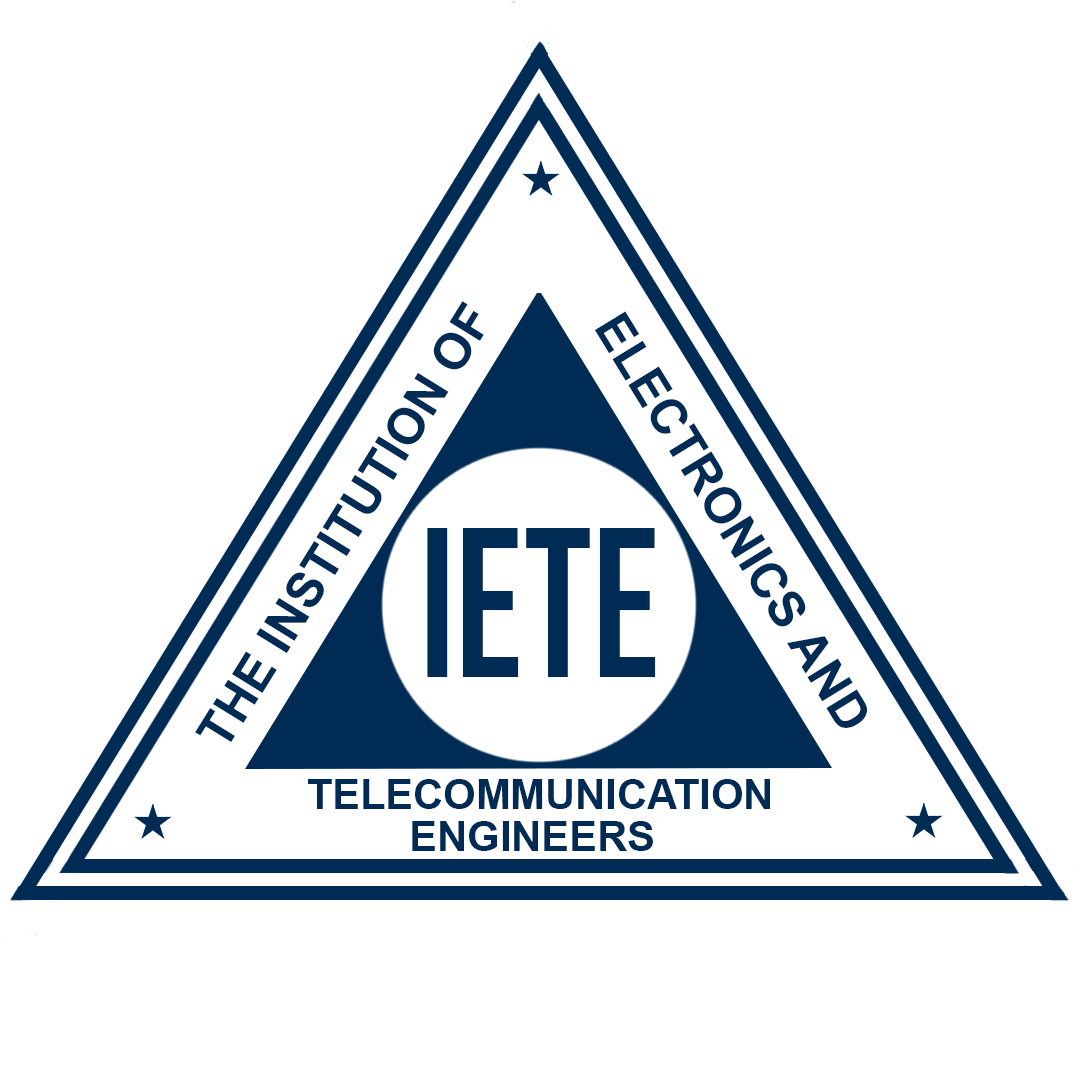


Written by - Rahul Jha
Uploaded on - 23/05/2022
In telecommunications, 6G is the sixth generation of currently developed wireless communication technology that supports mobile data networks. It is a fixed 5G fan and will probably be very fast. Like its predecessors, 6G networks are likely to become broadband mobile networks, in which the service area is divided into smaller areas called cells. Several companies (Keysight, Nokia, Ericsson, Huawei, Samsung, LG, Apple, Xiaomi), as well as several countries (China, India, Japan, and Singapore), have shown interest in 6G networks.
6G networks are expected to show greater diversity than before and are likely to support applications beyond the current state of mobile usages, such as virtual reality and augmented reality (VR / AR), ubiquitous communication, full intelligence, and the Internet of Things (IoT). Mobile network operators are expected to use 6G flexible business models, with local spectrum licenses, spectrum sharing, infrastructure sharing, and smart automation management based on mobile edge computing, performance intelligence, short pack communication, and blockchain technology.
In 2020, scientists at Nanyang Technological University in Singapore and Osaka University in Japan announced that they had developed a terahertz (THz) wave chip, which according to some estimates was used in 6G.
In January 2022, China's Purple Mountain Laboratories claimed that its team of researchers had achieved aworld record of 206.25 gigs per second (Gbit / s) for the first time in a laboratory area within the terahertz frequency band. the basis of 6G mobile technology.
Terahertz radiation (0.3 THz to 3 THz) and millimeters (30 to 300 GHz) are more sensitive to obstacles than microwave frequencies (approximately 2 to 30 GHz) used in 5G and Wi-Fi, very sensitive to radio waves used in 1G, 2G, 3G, and 4G.
On November 6, 2020, China successfully launched a test satellite with oriented 6G technology orbit, along with 12 other satellites, using Long March 6 to launch a car rocket. The satellite is aimed at "verifying terahertz (THz) communications technology in space", according to the Global Times newspaper.
6G Internet is expected to launch commercially by 2030. The technology makes extensive use of distributed radio network (RAN) and terahertz (THz) spectrum to increase volume, lower latency, and improve spectrum sharing.
While some previous discussions have taken place to explain the technology, 6G research and development (R&D) activities began in earnest in 2020. 6G will require the development of advanced mobile communication technologies, similar to data networks that are more comprehensive and more secure. It will also require an expansion of spectral bandwidth orders of magnitude faster than 5G.
It is expected that 6G wireless sensor solutions will use different frequencies to measure absorption and adjust the frequency. This method is possible because atoms and molecules emit and absorb magnetic radiation at the target frequencies, and the emission and absorption waves are the same in any object. 6G will have a significant impact on many governments and industry approaches to public safety and security of critical assets, such as the following:
6GE - "E" stands for extension - is a short-circuit between 6G and 7G that will use a new 6 GHz-licensed channel that expands available frequencies used to transmit 6G signals.Although 6G networks are not expected to be operational until at least 2032, research has begun on the seventh generation (7G) wireless technology. IEEE, through its operational team Extremely High Throughput, is developing 802.11be 7G specification and industry certification in partnership with the Wi-Fi Alliance.